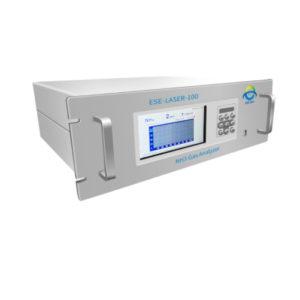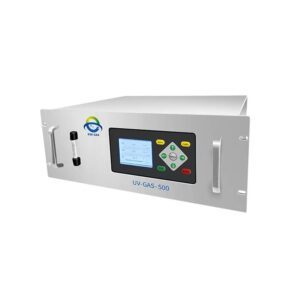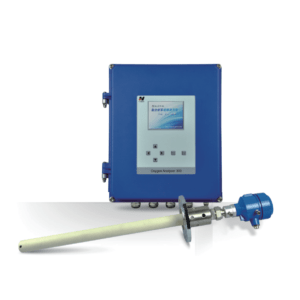HCl TDLAS (Tunable Diode Laser Absorption Spectroscopy) gas analyzers offer several advantages for the analysis of hydrogen chloride (HCl) gas. Some of the key advantages of HCl TDLAS gas analyzers include:
- High Sensitivity and Selectivity: HCl TDLAS analyzers provide high sensitivity and selectivity for detecting and measuring HCl gas. The tunable diode laser emits light at specific wavelengths that correspond to the absorption lines of HCl, allowing for precise and accurate measurements even at low concentrations.
- Real-time Monitoring: TDLAS gas analyzers offer real-time monitoring capabilities, providing continuous and instantaneous measurements of HCl concentrations. This is particularly useful for applications where rapid response and timely detection of HCl gas are essential, such as industrial process control or safety monitoring.
- Wide Dynamic Range: HCl TDLAS analyzers can cover a wide dynamic range, allowing them to measure HCl concentrations across a broad span, from low parts-per-billion (ppb) levels to higher parts-per-million (ppm) concentrations. This flexibility makes them suitable for various applications with different concentration ranges.
- Non-contact Measurement: TDLAS gas analyzers perform non-contact measurements, meaning that they do not require direct contact with the gas sample. This eliminates the need for complex sample conditioning systems and reduces maintenance requirements.
- Minimal Interference: TDLAS technology is relatively immune to interference from other gases, dust, or humidity present in the gas sample. This ensures accurate and reliable measurements of HCl gas, even in complex gas mixtures or challenging environmental conditions.
- Low Maintenance: TDLAS gas analyzers generally have a robust design and require minimal maintenance. They are less prone to drift or degradation over time, resulting in reduced calibration and service intervals.
- Remote Monitoring and Control: Many HCl TDLAS analyzers are equipped with advanced features such as remote monitoring and control capabilities. This allows users to access and manage the analyzer from a central control room or remotely, enhancing operational convenience and efficiency.
- Compliance with Regulations: HCl TDLAS gas analyzers often meet regulatory requirements and industry standards for HCl gas monitoring, making them suitable for compliance monitoring applications.
These advantages make HCl TDLAS gas analyzers a preferred choice for HCl gas analysis in various industries, including
- chemical manufacturing,
- semiconductor fabrication
- waste incineration
- environmental monitoring.









